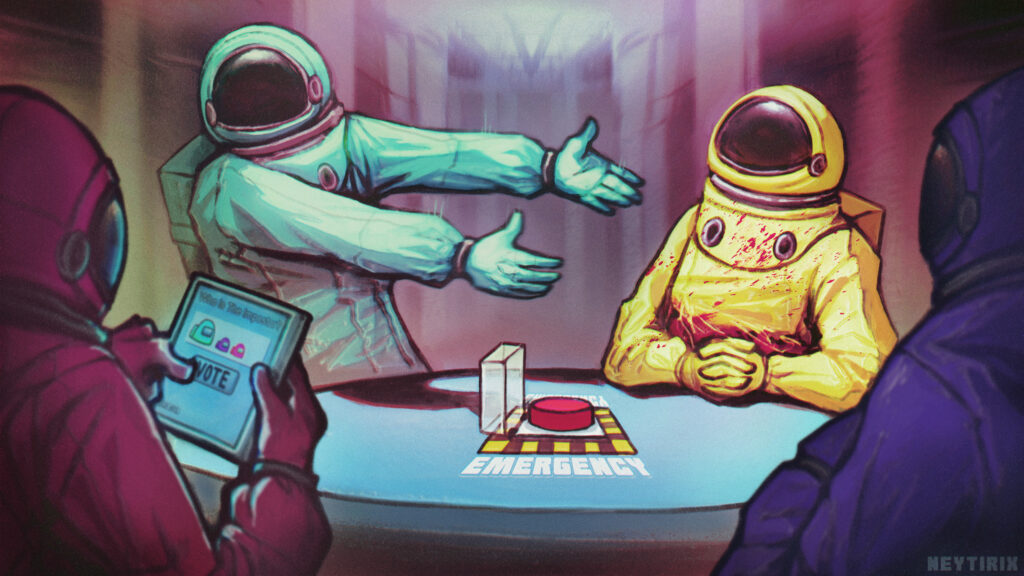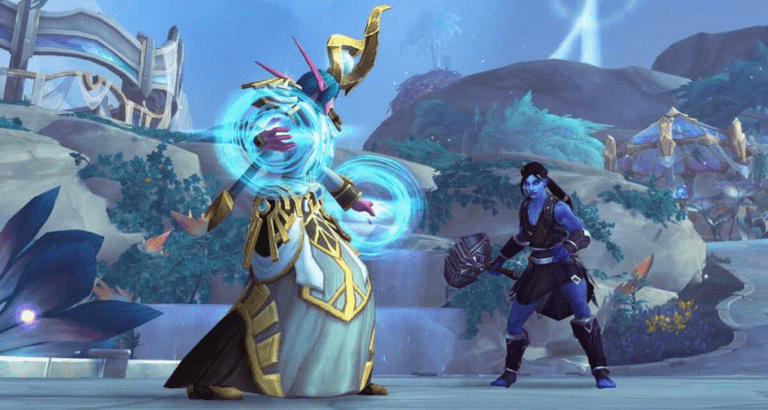The video game industry has evolved at an astonishing pace, shaped by shifting consumer behaviors and groundbreaking digital innovations. In the center of this evolution lies a concept that is changing how games are marketed, sold, and played: direct-to-consumer games. This approach removes intermediaries, allowing developers to deliver gaming experiences straight to the players. As a result, it is redefining success in both indie and AAA game markets.
This article explores what direct-to-consumer games are, why they matter, and how they are transforming the dynamics of the gaming industry. Gain insights into distribution models, monetization strategies, audience engagement, and how studios can leverage this approach to build long-lasting relationships with players!
What are direct-to-consumer games?
Direct-to-consumer games are titles that are distributed directly from developers or publishers to players without traditional retail or platform-based intermediaries. This means that instead of relying on platforms like Steam, PlayStation Store, or physical game retailers, developers create their own digital storefronts or use alternative methods to reach their players.

This approach can include selling games through a dedicated website, mobile app ecosystem, or launching through owned platforms and game clients. What distinguishes direct-to-consumer games from conventional releases is the level of control developers retain. They control the marketing, pricing, updates, community interaction, and player data. This holistic ownership enables personalized player experiences and faster adaptation to feedback.
Why those games are gaining momentum
Direct-to-consumer games are rising in popularity due to a few key market trends. First, players are becoming more loyal to brands and studios rather than just specific titles. Gamers who follow developers expect ongoing engagement, personalized experiences, and transparency, which is more difficult to achieve on platforms controlled by third parties.
Second, the digital distribution landscape has matured. The cost and complexity of hosting, marketing, and selling games independently have dramatically decreased. Today, even small studios can build robust platforms and use social media and influencer marketing to compete directly with larger companies. This democratization of distribution allows creative studios to showcase their unique identity and voice.
Lastly, revenue optimization plays a significant role. Direct-to-consumer games allow developers to keep a larger share of revenue. Traditional marketplaces often take up to 30% in fees, while direct sales eliminate these costs. This financial advantage is especially critical for developers who operate on tight margins.
The role of community
One of the greatest strengths of direct-to-consumer games lies in community building. When a developer interacts directly with players, trust and loyalty develop organically. Players who feel connected to the development process are more likely to offer feedback, participate in early access programs, and share the game with their own networks.
Community-driven development is a growing trend that aligns perfectly with direct-to-consumer models. Studios can run closed betas, offer development updates, host Q&A sessions, and respond to player suggestions. These actions not only enhance the final product but also turn players into long-term advocates.

When a developer fosters an engaged community around a title, they don’t just sell a game, they create a recurring relationship. This engagement is vital in a landscape where user acquisition is expensive and attention spans are limited.
Monetization strategies for direct-to-consumer games
Monetization in direct-to-consumer games often involves a more flexible and creative approach. Since developers have full control, they can experiment with pricing models that fit their audience. This includes tiered pricing, early access discounts, limited edition content, or subscription models.
Freemium and pay-what-you-want models also perform well when supported by a loyal community. These strategies rely on trust and value perception, which are easier to build when players interact directly with the creators. Developers can offer downloadable content, expansions, and in-game items without sharing profits with a third-party platform.
Crucially, direct-to-consumer games allow developers to gather granular data about player behavior. With this information, they can refine pricing strategies, optimize updates, and offer highly relevant promotions. This level of insight is typically inaccessible through traditional channels.
Examples of successful direct-to-consumer games
To better understand the impact and potential of direct-to-consumer games, it’s important to look at titles that have successfully embraced this model. These games bypass traditional publishing pipelines, choosing instead to engage with players directly through their own platforms or storefronts. This not only maximizes control over the user experience but also allows studios to build stronger communities and more sustainable revenue streams.
One of the most notable examples is Fortnite, developed by Epic Games. By launching through its own Epic Games Store and offering constant content updates, Fortnite has become a cultural phenomenon. Its free-to-play model combined with direct engagement tactics has set the standard for how direct-to-consumer games can thrive.
Another standout title is Genshin Impact, developed by miHoYo. This game reached global success by offering a high-quality open-world experience, monetized through gacha mechanics, and distributed independently across multiple platforms, including its own launcher.

Among Us, initially a small indie release by InnerSloth, grew into a global hit thanks to direct downloads, community-driven marketing, and platform flexibility. Its accessibility and low barrier to entry demonstrate how direct-to-consumer games can scale rapidly with the right combination of design and visibility.
Minecraft, especially after Mojang’s initial direct-to-player release, remains a cornerstone example. Its early success was driven by community support, modding freedom, and the ability to purchase and download directly from the developer’s website.
These games highlight not only the viability but the long-term potential of the direct-to-consumer model. They exemplify how developers can retain creative control, foster player loyalty, and reap the financial benefits of direct distribution.
Why direct-to-consumer games align with our vision
At Main Leaf, we believe in the power of connection. Our team has always approached development with the player’s experience at the forefront. The model of direct-to-consumer games resonates deeply with our philosophy: full control of the game experience, personalized engagement, and honest storytelling.
With our skills in full development, co-development, project management, and artistic design, we help partners build not just games, but ecosystems. Direct-to-consumer games offer the perfect landscape to apply our technical and creative expertise, enabling studios to shape unforgettable experiences and foster thriving player communities.
We’ve seen firsthand how independent distribution strategies can unlock new paths to success. Whether it’s designing backend infrastructure, implementing live update systems, or strategizing long-term content plans, our team supports every step of the journey.
A final thought: the time to act is now
As the digital landscape continues to evolve, studios and developers must adapt to stay competitive. Direct-to-consumer games offer not just an alternative, but an opportunity: the chance to own the narrative, nurture a loyal player base, and retain control over financial outcomes.
This is more than a trend; it’s a shift in how games are made, delivered, and experienced. For developers looking to break free from marketplace constraints and forge real bonds with players, now is the time to act.If you’re ready to explore the full potential of direct-to-consumer games, our team at Main Leaf is here to help.
We’re passionate about building immersive, lasting games that players remember, not just for what they play, but for how it made them feel. Visit our website and let’s start a conversation about what your next great game could be

